Bengal at a Glance
The Bengali Culture and Its Heritage
Bengali culture is rooted in the Eastern Region of the Indian Subcontinent, encompassing West Bengal (India) and Bangladesh which was originally a part of the undivided Bengal until the partition. It is one of the richest and most vibrant cultures in the world. With its unique blend of literature, art, music, cuisine, and unique traditions, it reflects a history of innovation, resilience, and creation, which have been fueled by an undying spirit of enthusiasm and a strong desire to achieve the ultimate goals.
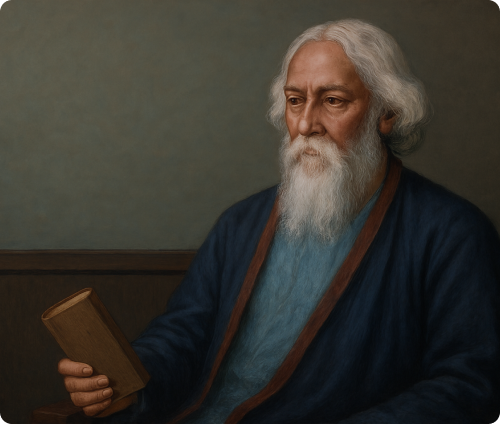
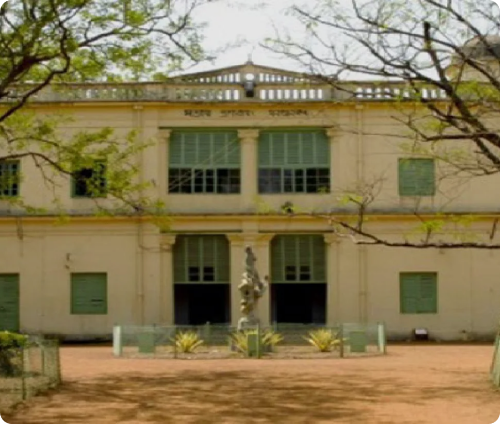
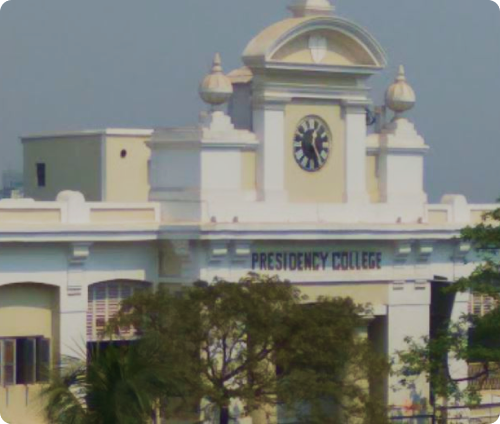
Language, Literature & Education
Bangla Language:
The Bangla (Bengali) language is central to the Bengali culture. Known for its poetic cadence, it is the seventh most spoken language in the world.
Literature:
Bengali literature is a treasure trove of world-class writings, with luminaries like Rabindranath Tagore, the first non-European Nobel laureate in Literature. Tagore’s works, including Gitanjali and the Indian national anthem, showcase Bengali literary excellence.
Education:
Bengal is home to the Indian Institute of Technology (IIT Kharagpur) and Bishwa Bharati (Shantiniketan), which have been hubs of learning and intellectual activity. activity. IIT has produced Engineers in various fields and Literary Scholars now residing all around the globe, all of whom are contributing to the advancement of our Society.

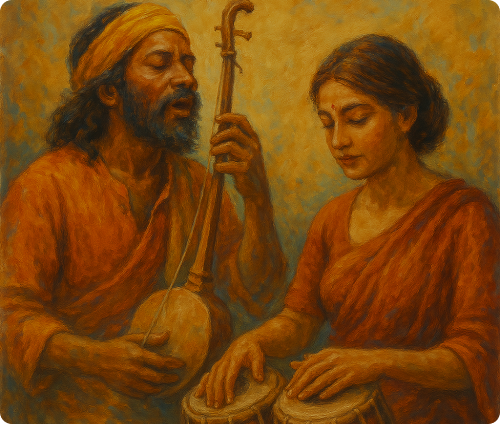

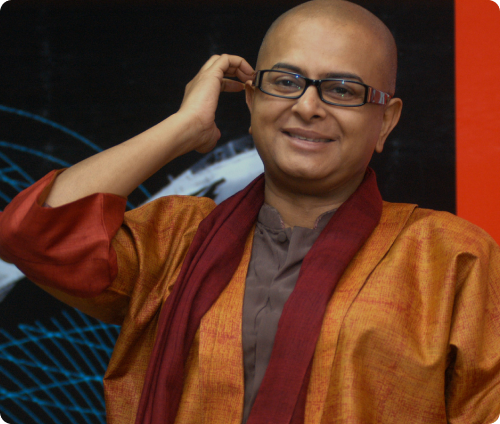
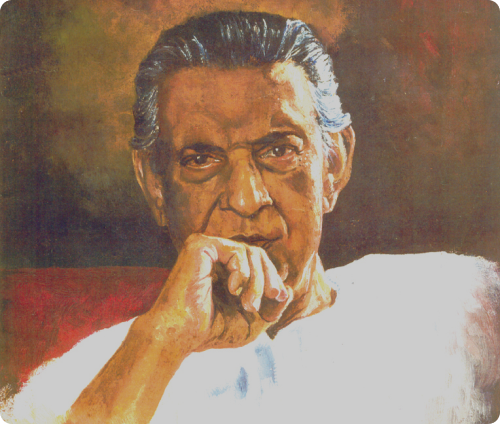


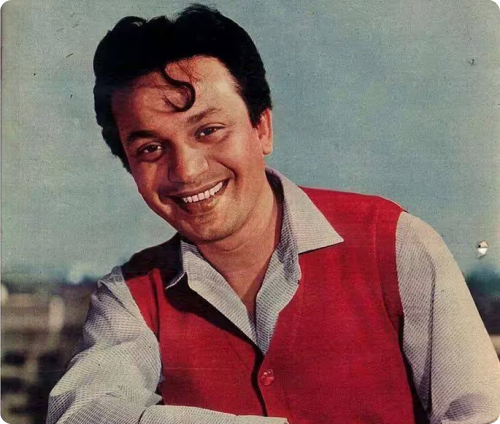
Arts and Music
Rabindra Sangeet:
Tagore’s songs, blending classical Indian melodies with Western influences, are integral to Bengali culture.
Baul Music:
The mystical Baul singers of Bengal, with their soulful songs, celebrate universal love and spirituality.
Theater and Cinema:
Bengali theatre and cinema, rich in emotion and storytelling, blend tradition with modern themes to reflect human truths and cultural depth.
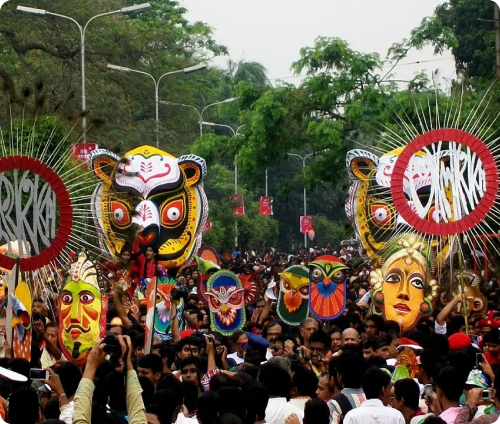
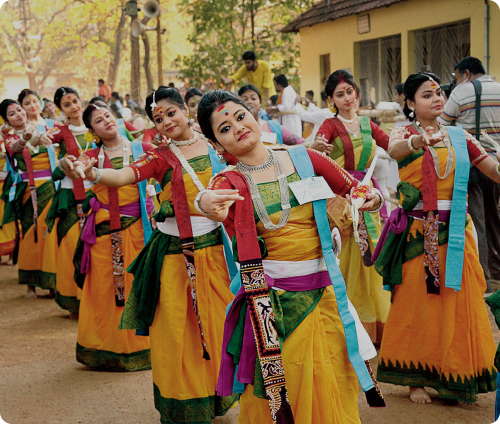
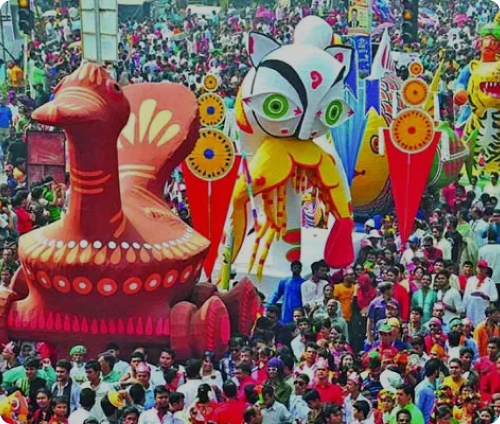
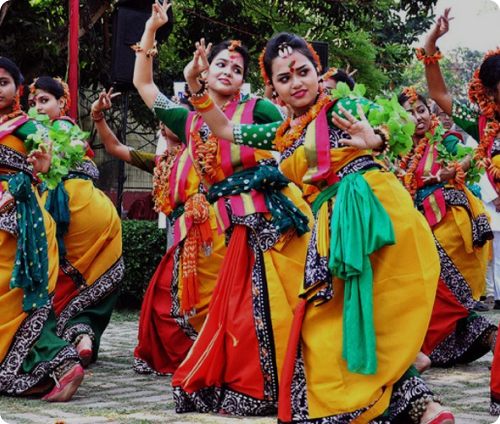
Shantiniketan Dol Utsav
The Festival of Colors & Culture:
Dol Utsav (Holi) in Shantiniketan, West Bengal, is a mesmerizing festival celebrated in a unique cultural and artistic way, inspired by Rabindranath Tagore. Unlike the usual Holi celebrations with excessive color smearing, Shantiniketan Dol is a blend of music, dance, and literature, making it a refined and graceful event.
Key Highlights of Dol Utsav in Shantiniketan
- Procession of Students – Dressed in yellow (basanti) attire, students of Visva-Bharati take part in a grand procession, singing Rabindra Sangeet and dancing gracefully.
- Cultural Performances – The day is filled with Baul songs, recitations, and Tagore’s dance dramas, performed by students and artists.
- Application of Colors – Unlike conventional Holi, colors are applied gently as a mark of respect and joy.
- Folk Music & Baul Traditions – Local Baul singers add to the charm with their soulful music, creating an atmosphere of peace and harmony.
- Tourist Attraction – People from across India and abroad visit Shantiniketan to witness this cultural extravaganza.
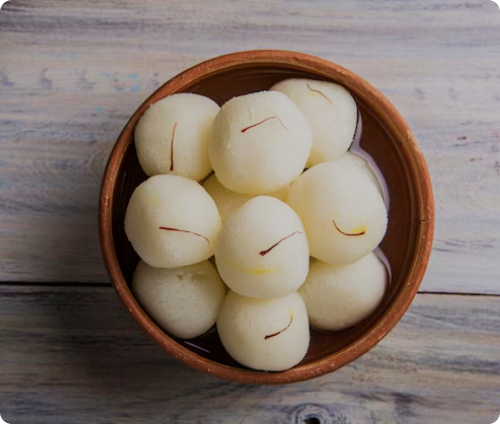
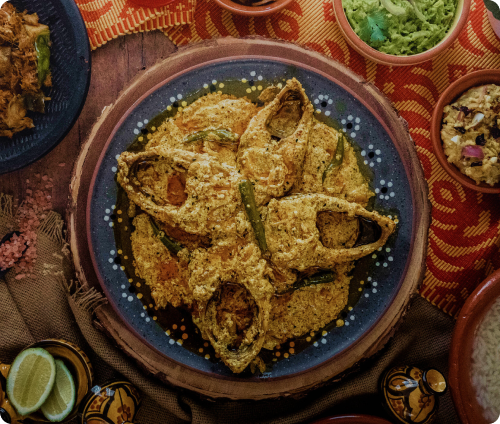
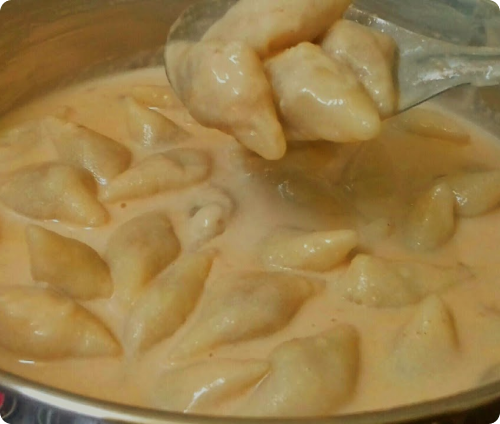
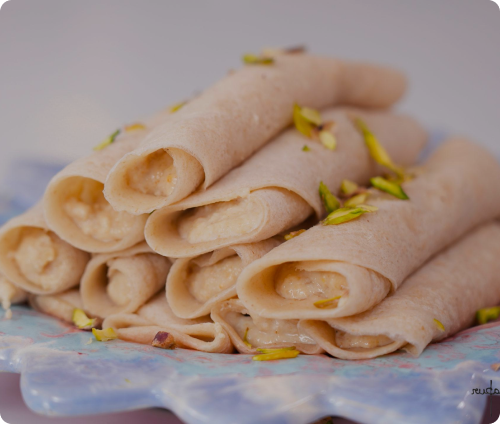
Cuisine
- Signature Dishes: Dishes like shorshe ilish(hilsa fish in mustard sauce), bhapa pitha (steamed rice cakes), and rosogolla (a sweet delicacy) reflect culinary artistry.
- The use of mustard, fresh fish, lentils, and sweets makes Bengali cuisine both unique and diverse.
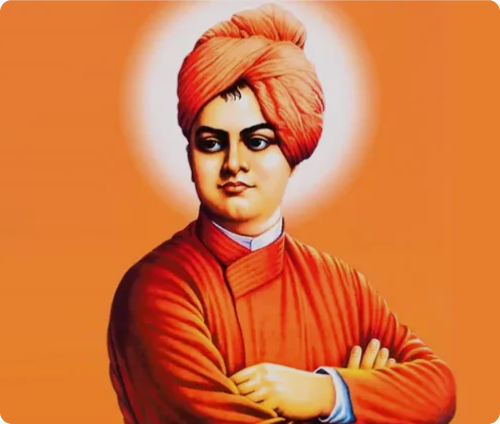
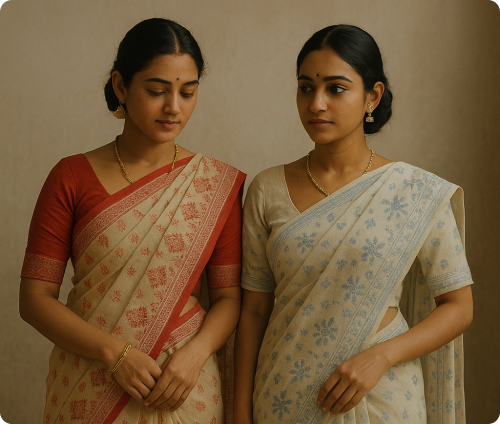
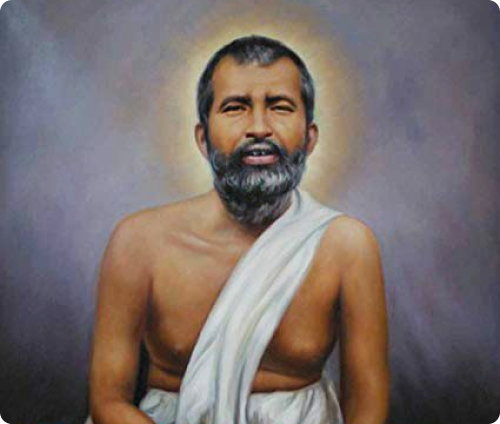
Cultural Traditions
- Handloom Weaving: The famed Tant and Jamdani sarees are woven with intricate patterns, reflecting centuries-old craftsmanship.
- Philosophy and Spirituality: Influenced by figures like Sri Ramakrishna and Swami Vivekananda, Bengali culture has a deep spiritual dimension, emphasizing tolerance and unity.

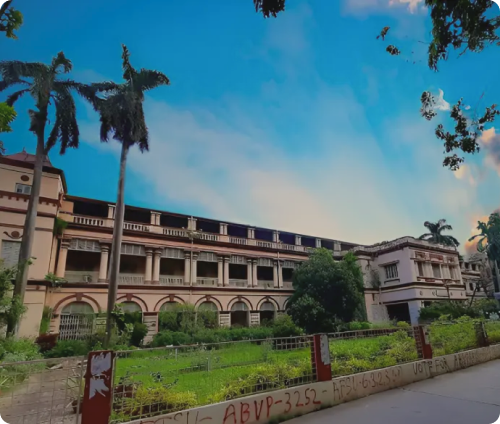

Contribution to Science and Education
- Scholars and Scientists: Bengal has produced luminaries like Jagadish Chandra Bose, Satyendra Nath Bose, and Amartya Sen, contributing significantly to science, economics, and philosophy.
- Centers of Learning: Institutions like the University of Calcutta and The Presidency College have been hubs of intellectual activity.
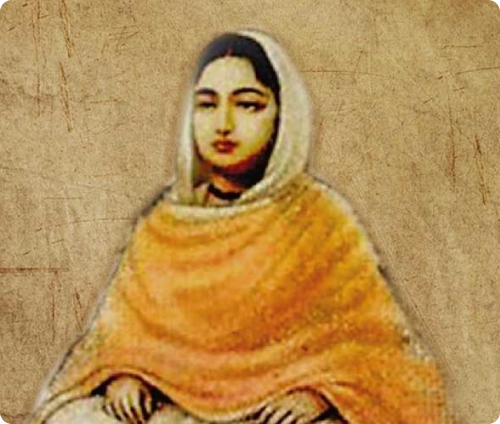

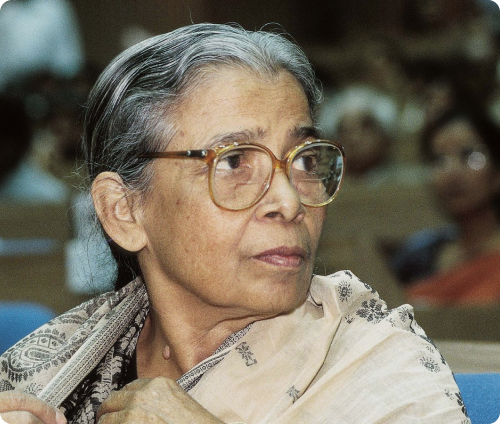

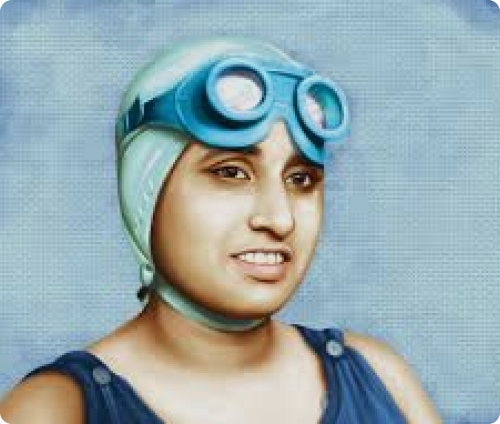
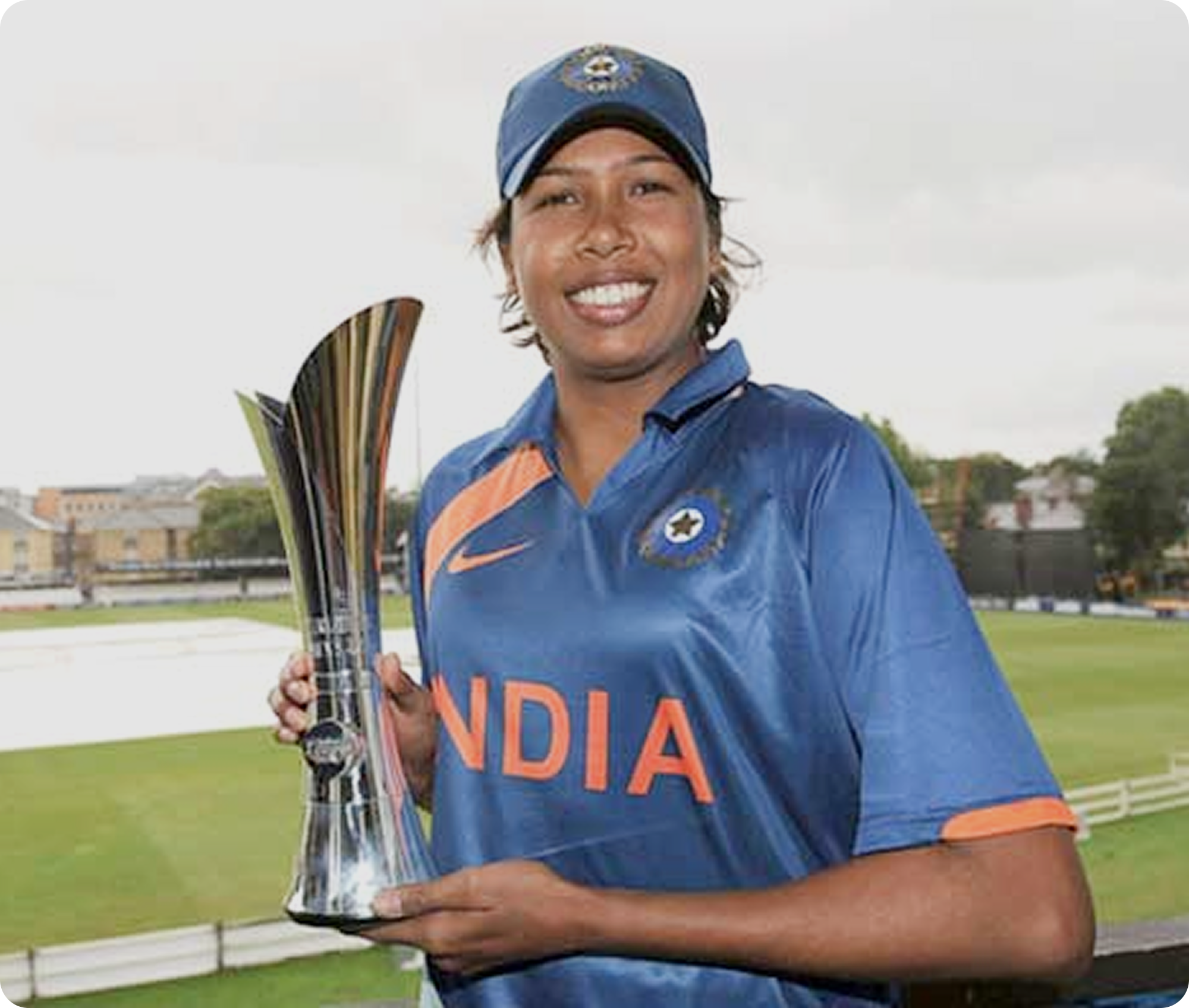
Women of Bengal
- Bengal has been home to some of the most iconic women in India’s history—trailblazers who left an indelible mark across freedom movements, arts, literature, education, and sports. From Rani Rashmoni, a fearless reformer who challenged colonial rule, to Begum Rokeya, who pioneered women’s education, Bengal’s legacy of powerful women runs deep.
- In literature, names like Ashapurna Devi, Mahasweta Devi, and Kamini Roy transformed the narrative landscape, while stars like Suchitra Sen and Kanan Devi brought Bengali cinema to global recognition. On the sporting front, Arati Saha made history by swimming across the English Channel, and Jhulan Goswami became a cricketing legend.
- These women didn’t just break barriers—they reshaped them. Their courage, creativity, and commitment continue to inspire generations.
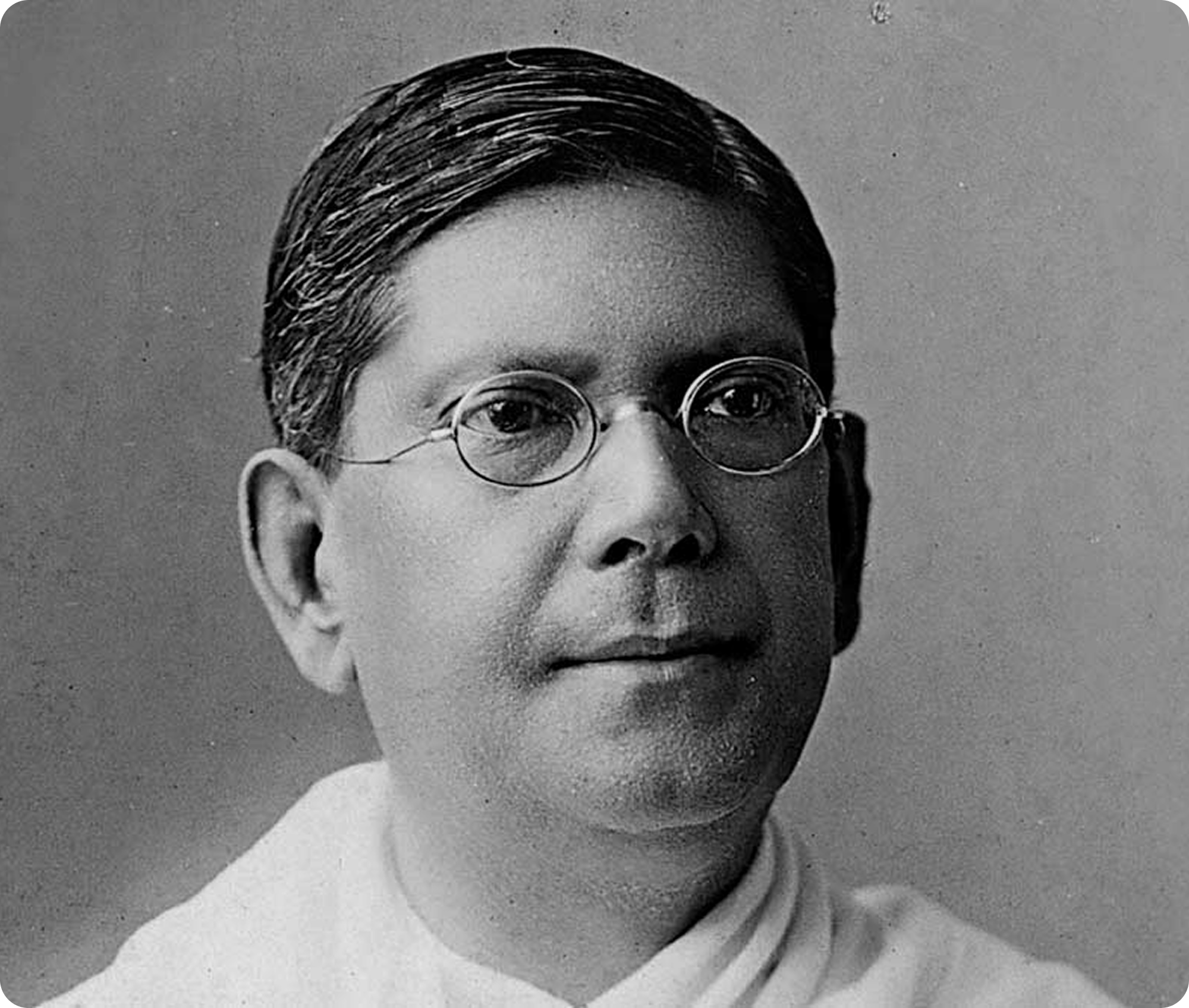
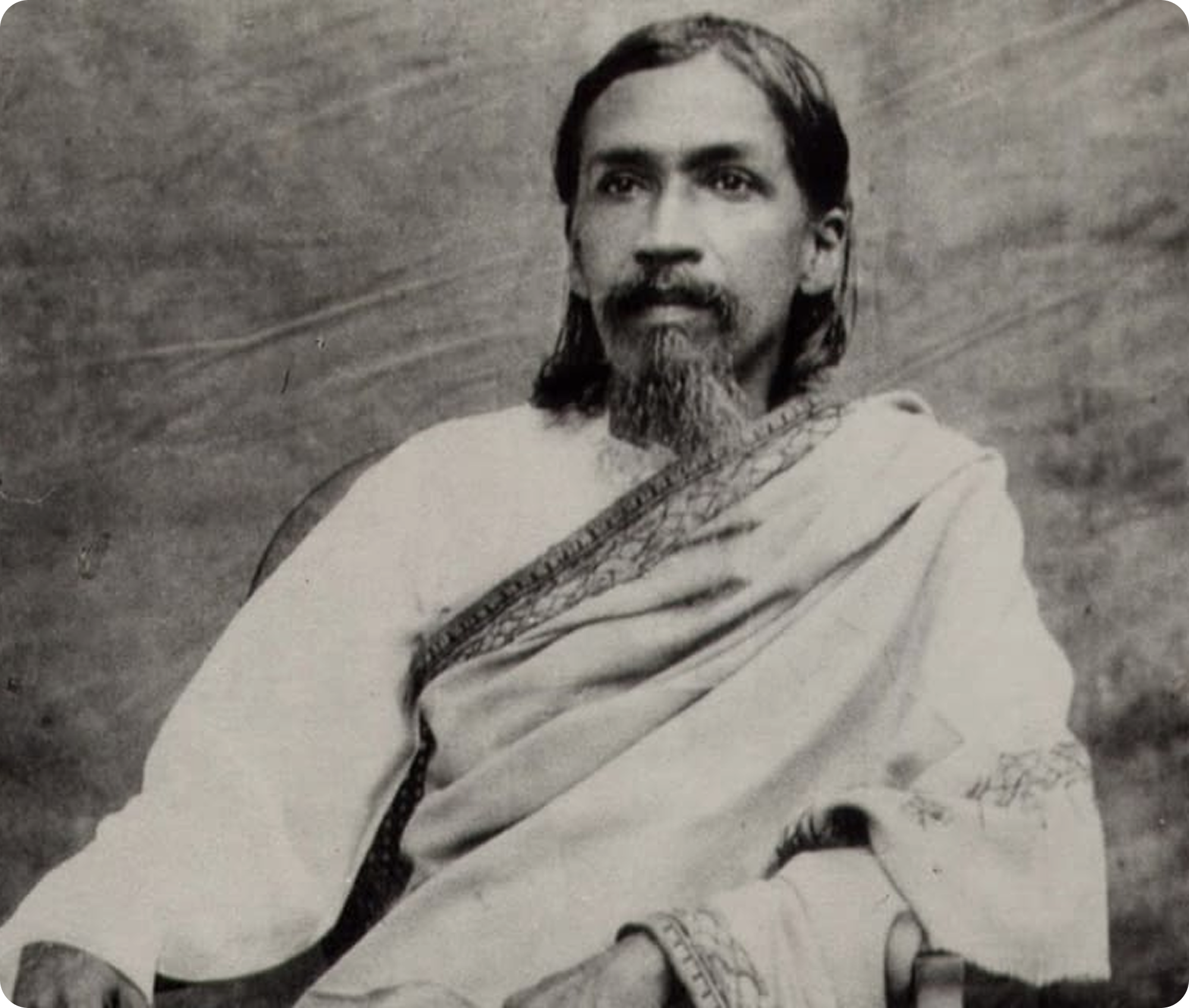
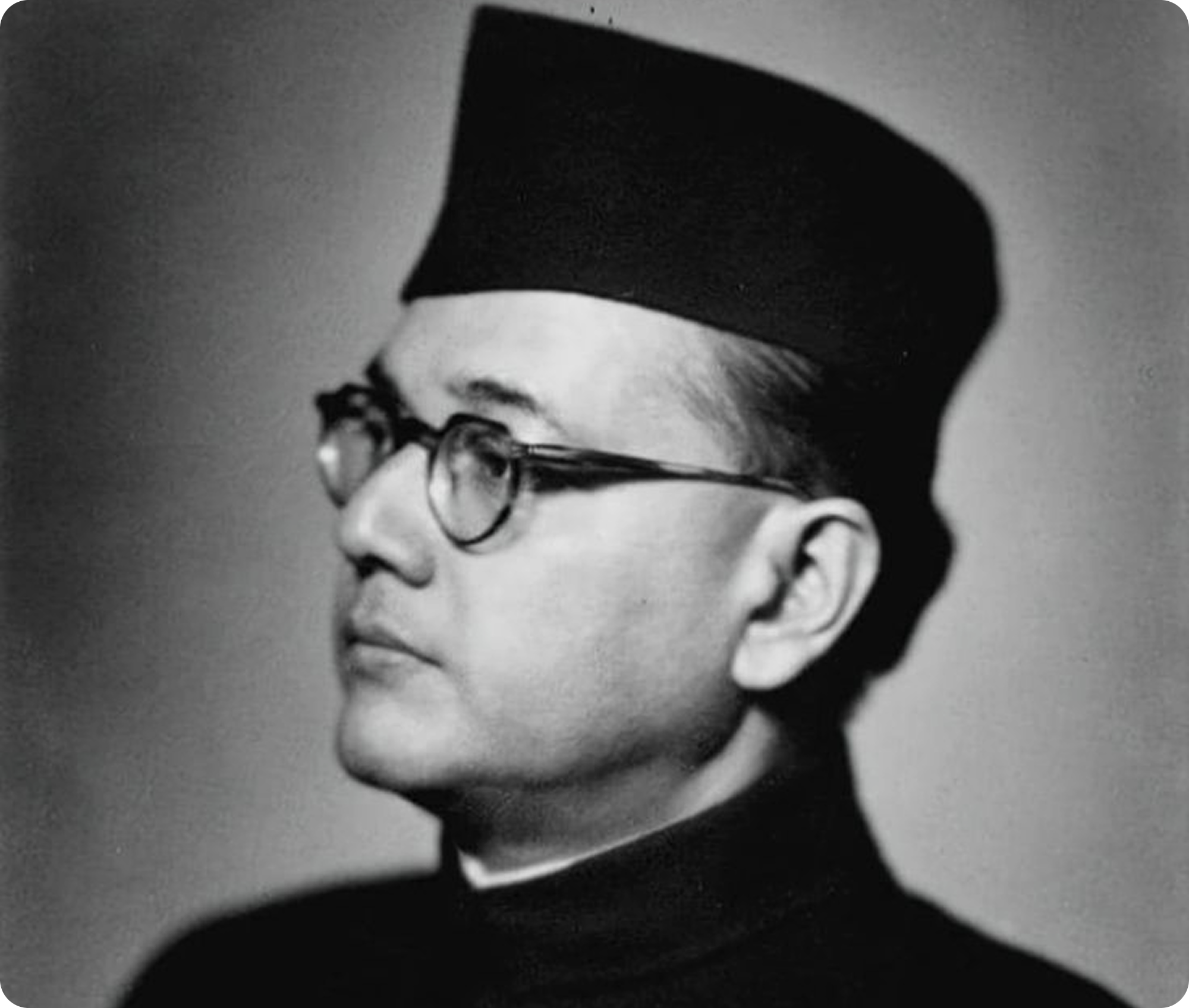
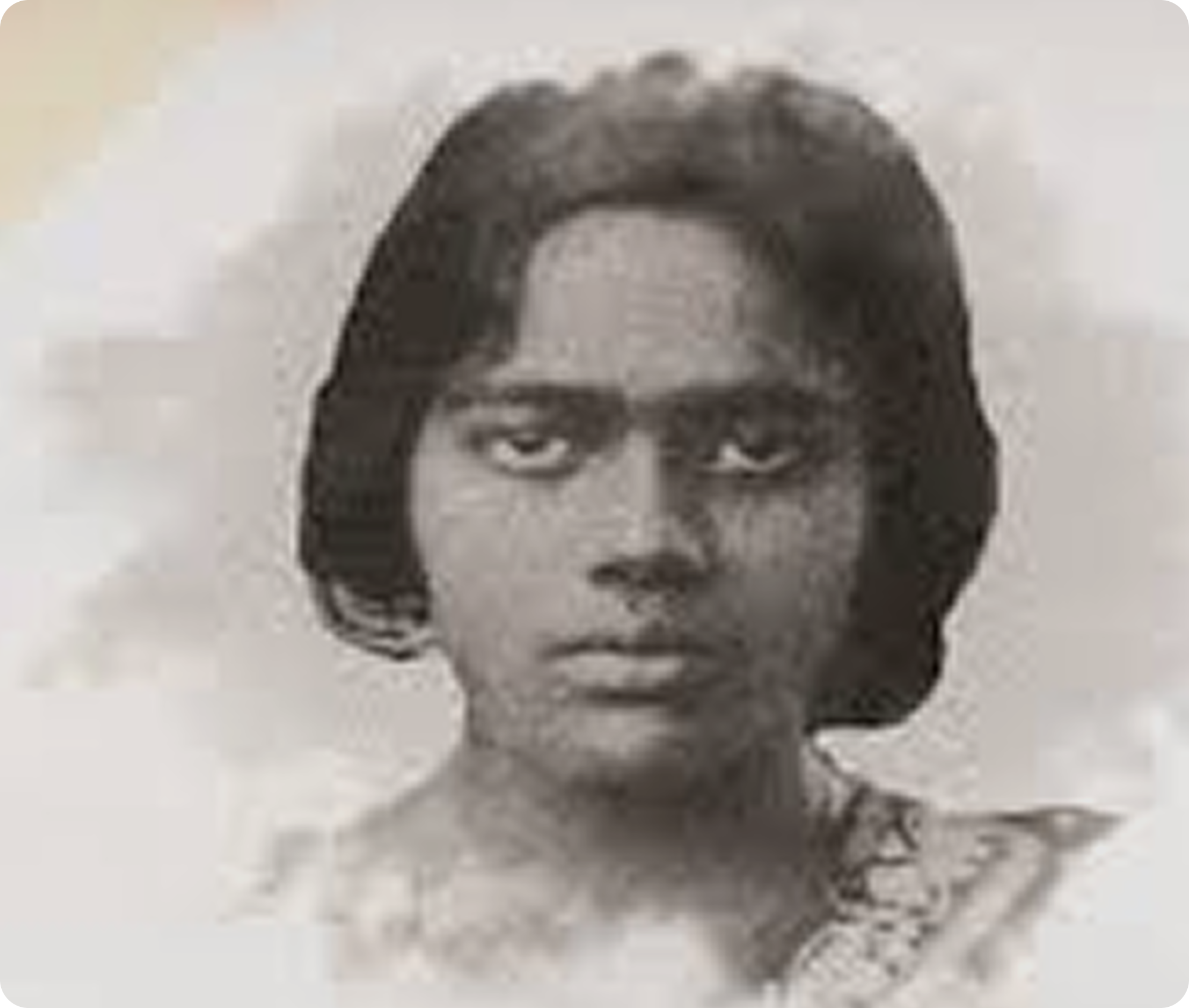
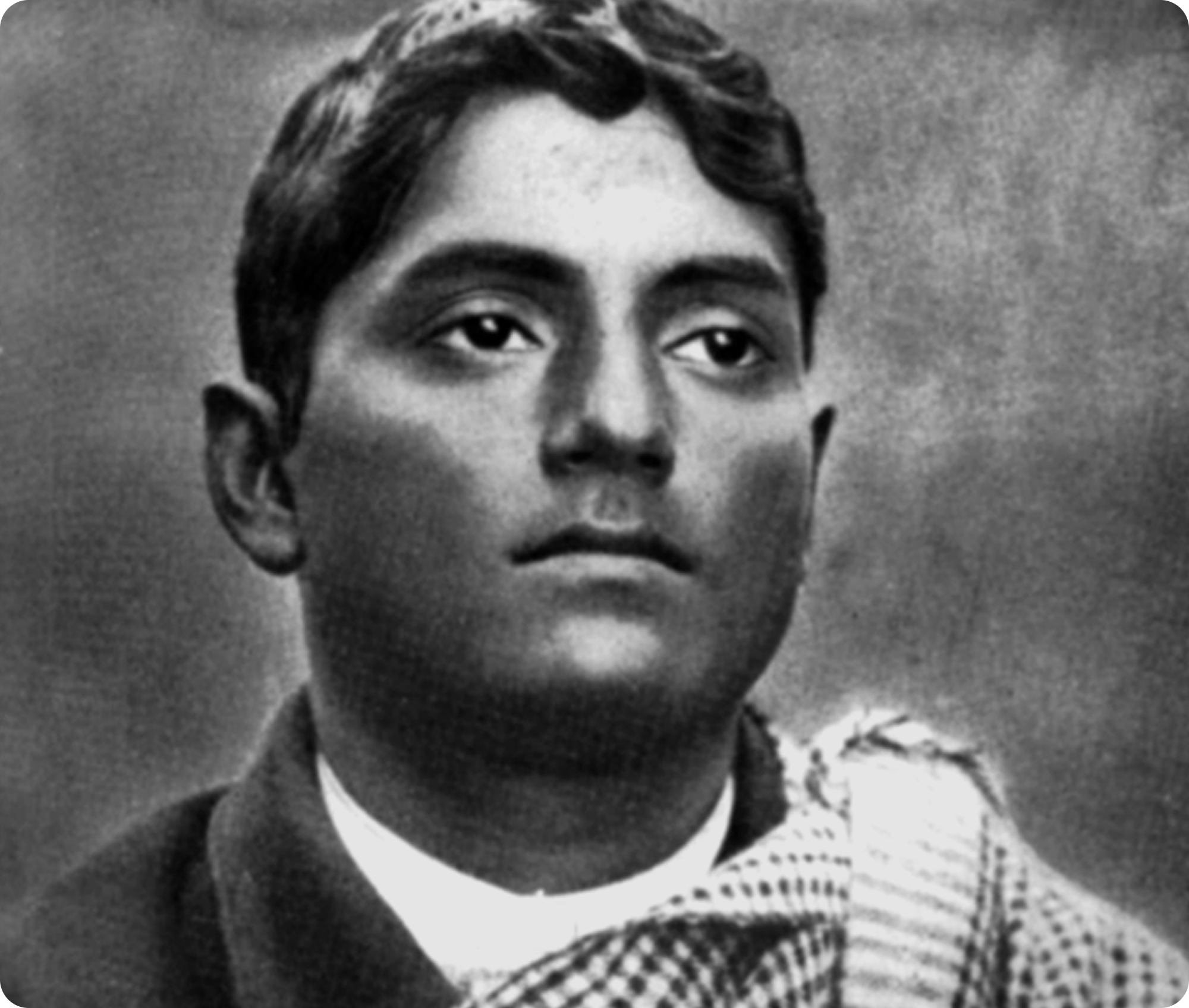

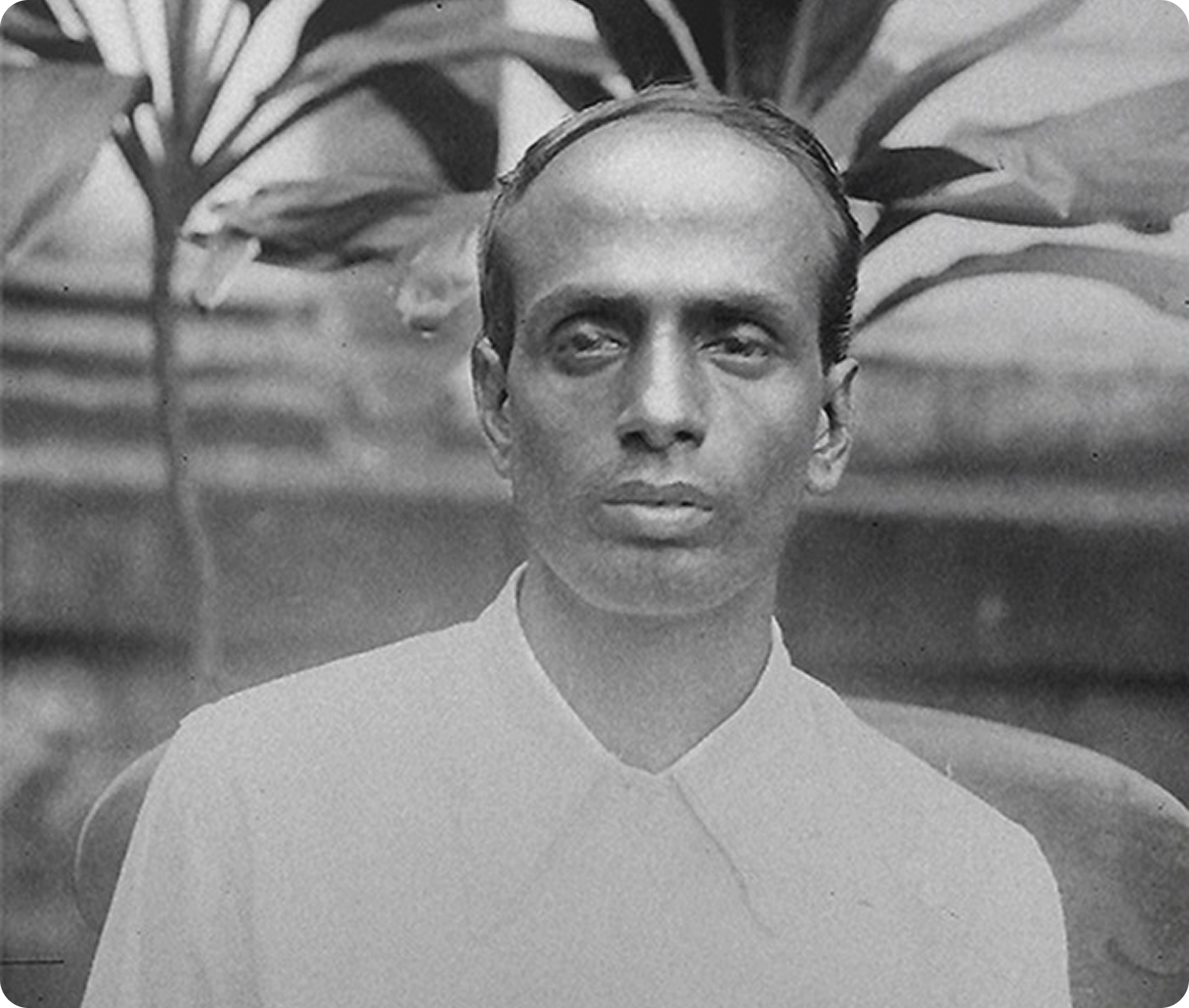
Freedom Fighters of Bengal
- Freedom fighters are brave individuals who fought against foreign or unjust rule to gain independence. They sacrificed their lives, comforts, and families for their country's freedom. Some chose non-violence, while others took up arms to resist oppression.
Legacy and Future
Bengali culture is a harmonious blend of tradition and modernity. It continues to evolve, keeping its rich heritage intact while embracing contemporary influences. This dynamic spirit ensures that Bengali culture remains a vibrant force, inspiring generations worldwide.
